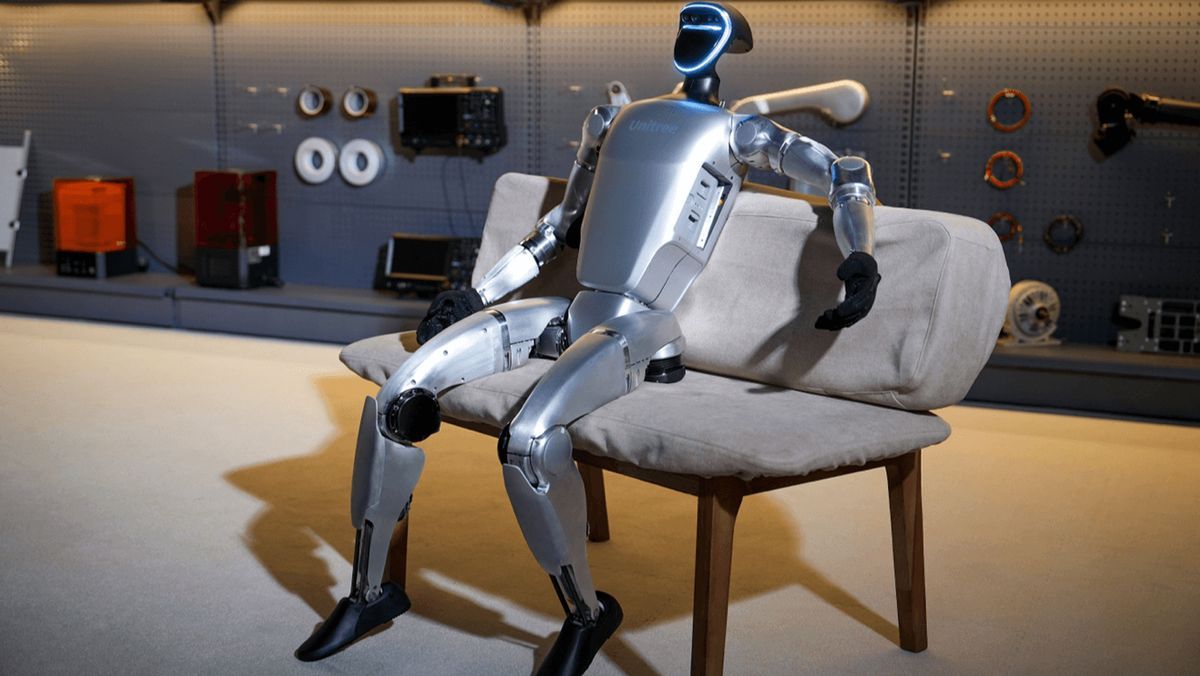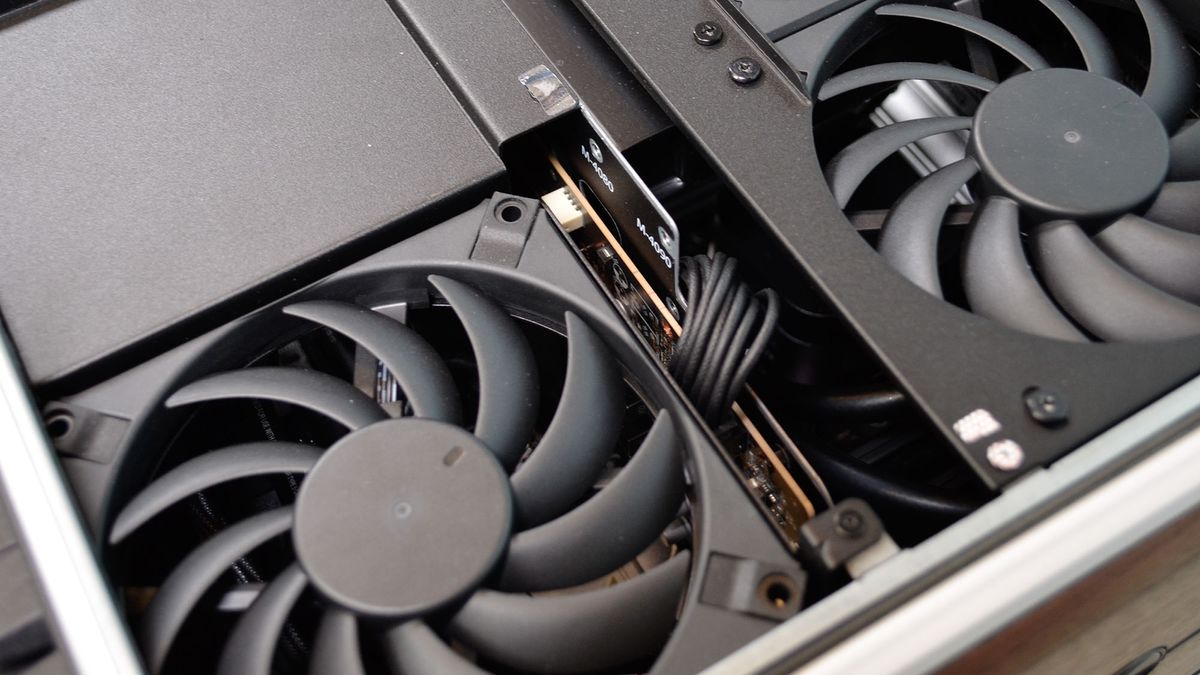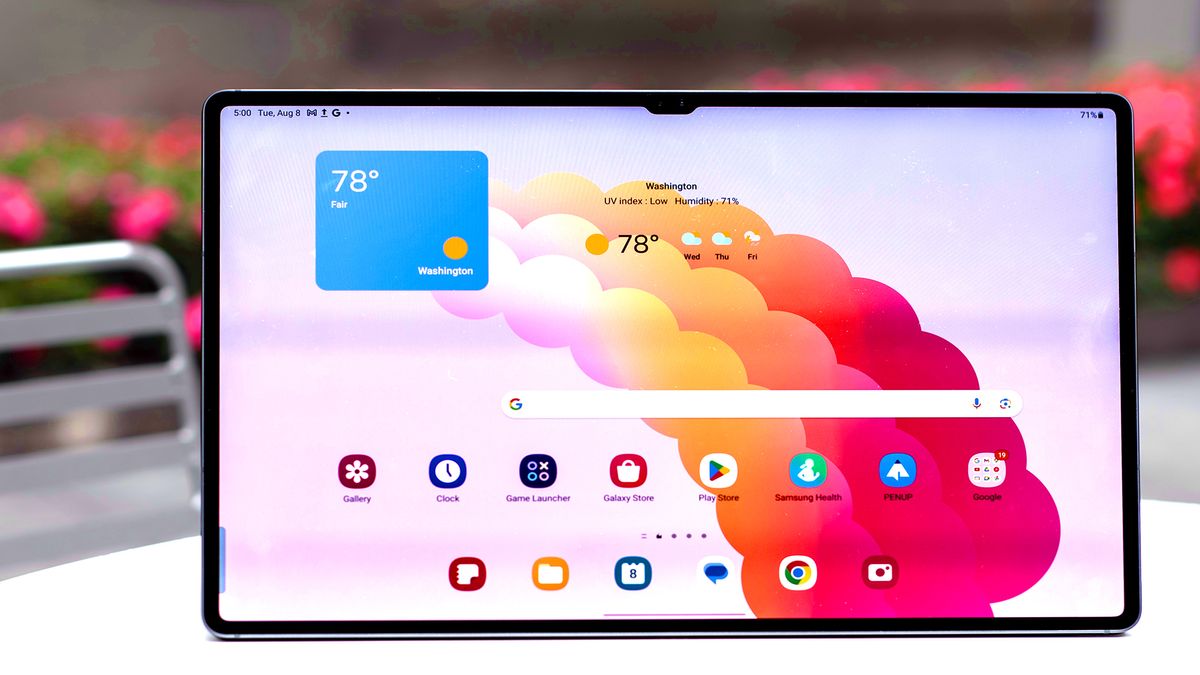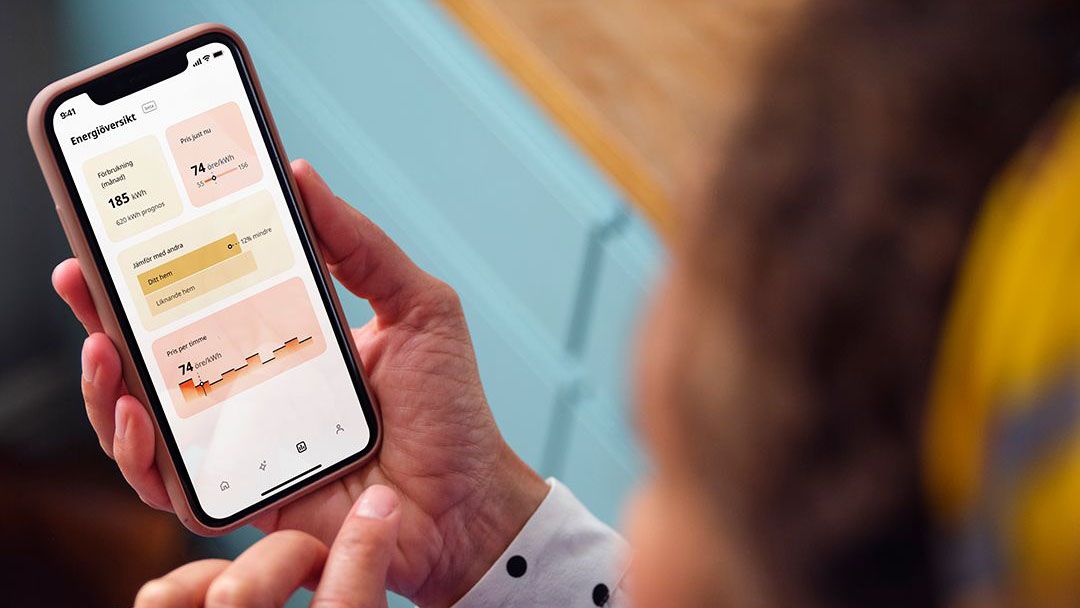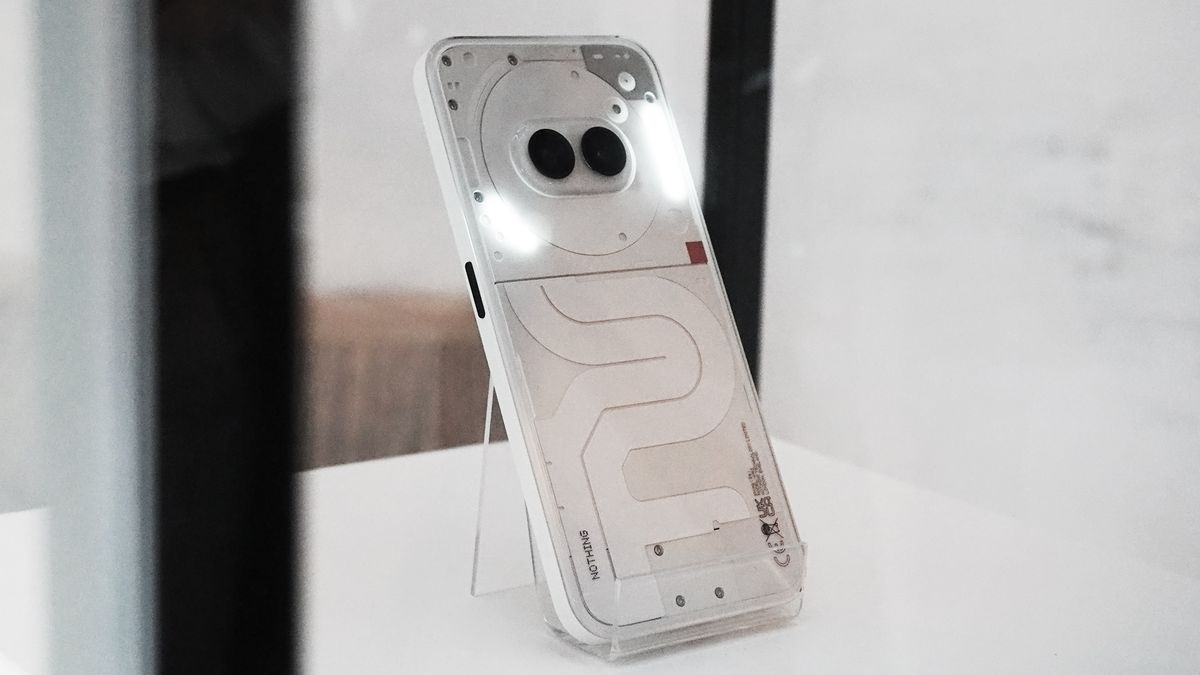The Unitree G1 humanoid robot has speed, agility and a slightly unsettling faceless head, and it can be yours for $16,000.
The G1 is the more polished and accomplished follow-up to Unitree’s humanoid H1, a robot I saw staggering around like an old man at CES 2024. That robot walked slowly, but remained upright even when Unitree’s developers kicked it in the stiff back. The G1, by contrast, is more flexible and faster than its predecessor. It might even be able to outrun that kick.
In a recently posted YouTube video (below), G1 gets up from a prone position, walks, runs, climbs stairs, and endures punches and kicks. He then sits on a couch, rotates his arms and legs 360 degrees, and bends his 34kg, 1.20m tall body down to a small, transportable size (a trainer walks over and lifts G1 above his head). He even does some krav maga stick work, which I think demonstrates how he uses imitation and reinforcement training to learn new skills.
While the Unitree G1 has LiDAR scanners built into its head, it doesn’t have a face. It also doesn’t come with hands, but you can buy a pair of three-fingered dexterous hands that can be used — at least according to Unitree’s video and website — to crack nuts, force open a bottle of Coke, cook, and delicately solder electronics.
The specs promise two hours of battery life, but there's no indication that it can recharge itself, an ability I'd expect from even the most run-of-the-mill iRobot Roomba robot vacuum.

View in
Despite all its capabilities, the Unitree G1 is not intended to be a home robot. The fine print on the presentation video reads: “The humanoid robot has a complex structure and extremely powerful power. Users are requested to keep a sufficient safety distance between the humanoid robot and the humanoid robot. Please use it with caution.”
Yes, there seems to be an error in that statement, as it is assumed that it could be completely safe to leave G1 alone with another G1, but not with their children.
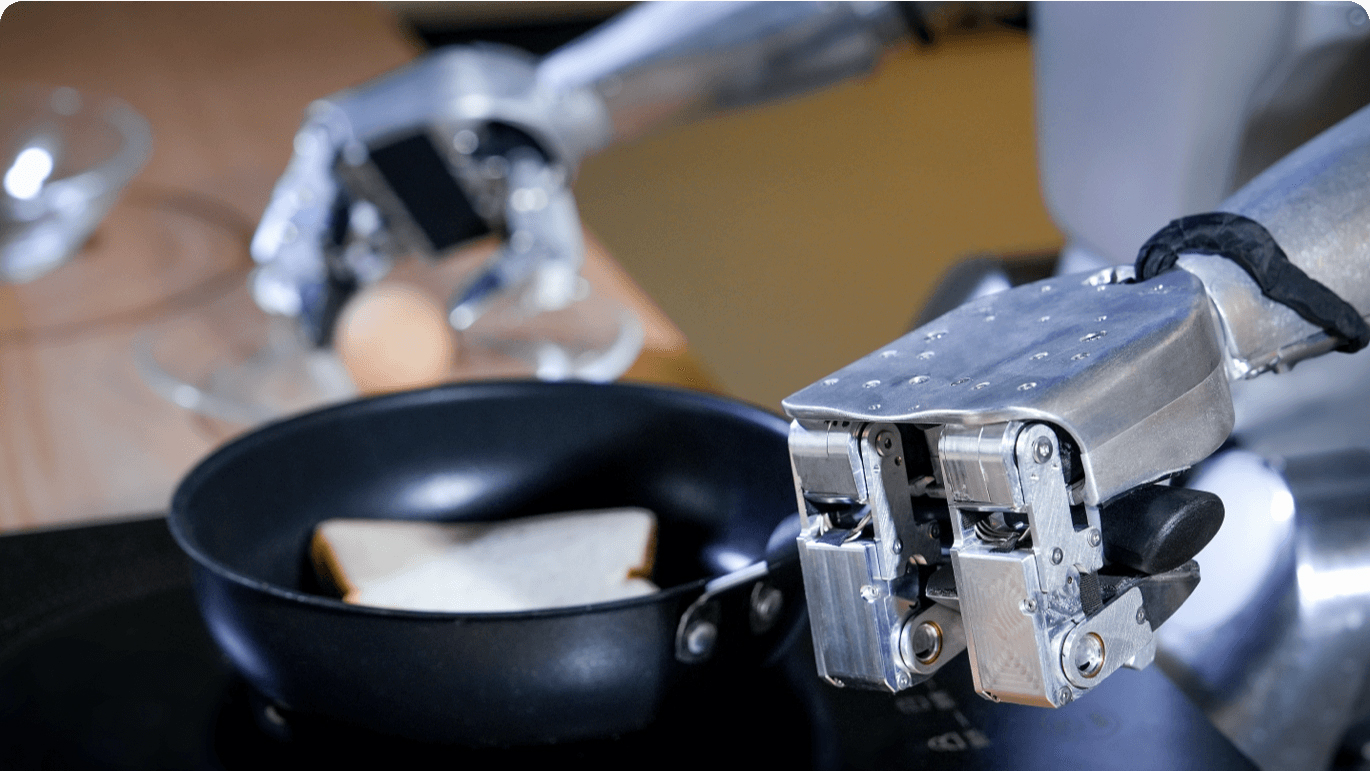
The video also notes that some of the skills shown are still in development. Between that and the fact that you have to pay extra for skilled grasping hands, it's unclear what exactly you can get for a spare $16,000.
The good news is that Unitree has made significant progress with the H1 robot, and at this rate there is a good chance that by 2025 the next G1 will be cheaper, safer and much more capable.
Maybe now is the time to start saving.
You may also like

